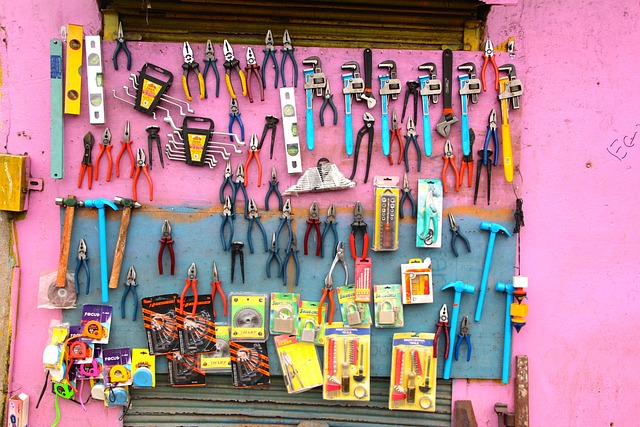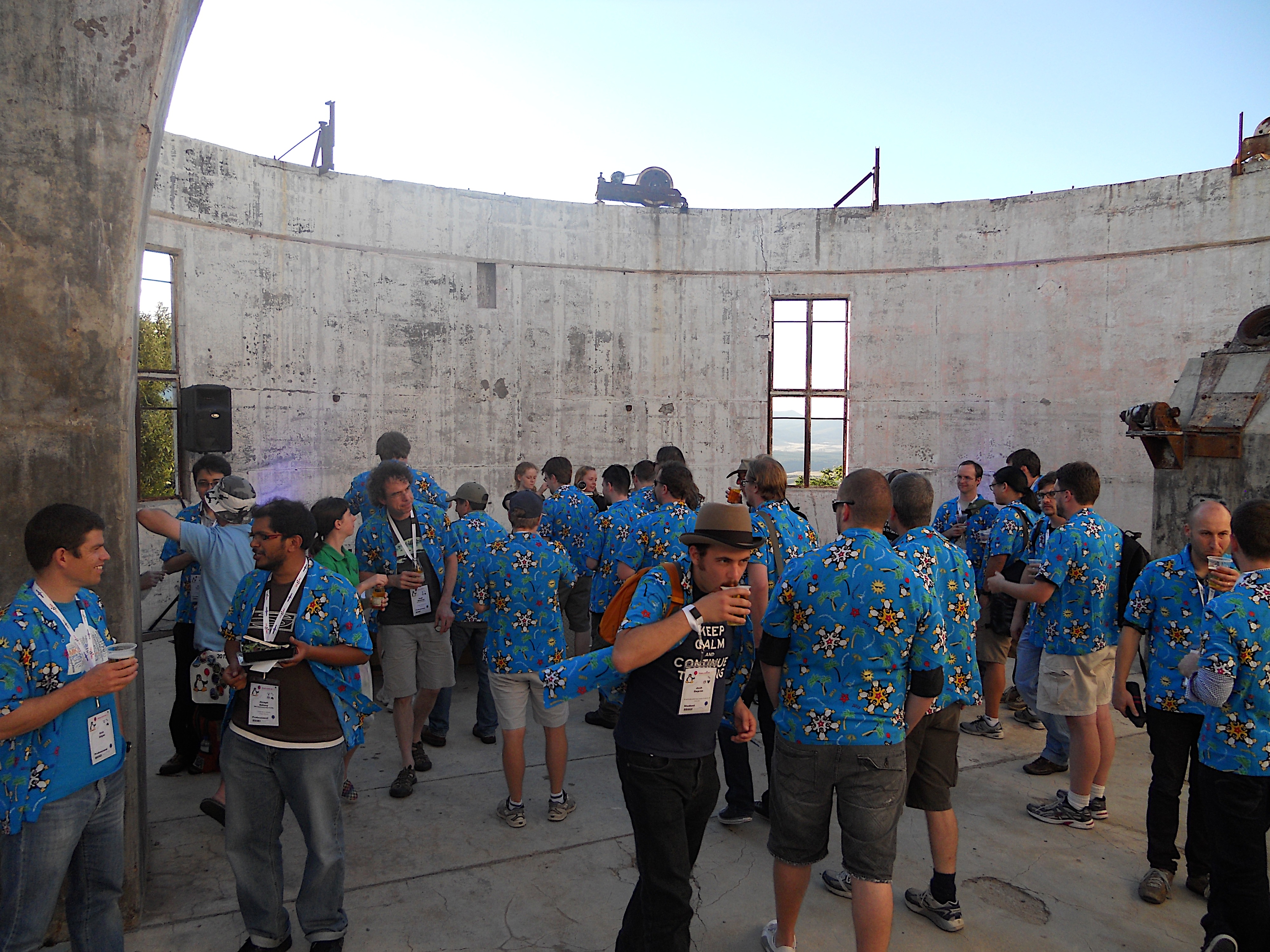Tomorrow is Employee Appreciation Day, which most people assume is about leaders and managers

Appreciation is so nice. Everyone should do it!
University of the Fraser Valley Flickr Creative Commons
appreciating employees. And it is about that. But here’s a statistic I picked up from the Society of Human Resources Managers recently: according to a 2012 report by SHRM and Globoforce, a global employee recognition firm, peer-to-peer appreciation is nearly 36 percent more likely to have a positive impact on a company’s financial results than manager-to-employee appreciation only. In other words, employee appreciation works best when leaders create a culture of appreciation among employees themselves.
The most successful companies encourage employees to be helpful, encouraging, and appreciative of one another. After all, your coworkers are the ones in the trenches with you. If they value what you do, that carries a lot of weight. But leaders and managers can’t just hope that people will show appreciation for each other. They have to talk about the value of it in team meetings. They have to make the effort to notice when an employee is particularly helpful or encouraging of other team members. They have to recognize the behavior.
They also need to model it. Showing appreciation and encouragement comes naturally to some people, but not so much to others. In some ways, it needs to be taught. So, in addition to talking about the value of peer-to-peer appreciation, they need to show appreciation in specific, constructive ways and to help employees understand what kinds of encouragement and appreciation make the most difference. Just saying “Good work” doesn’t really impart a lot of information. It’s much more impactful when you can say something like:
• Thanks for your hard work in getting the reports done on time. I know we were crunched and you made a big difference in our meeting the deadline.
• That was a great suggestion you made at the meeting today.
• Thanks for helping the new employee learn her way around.
• I appreciate how you always know when everyone’s birthday is and make a point of it.
I’ve written before about the necessity for gratitude and appreciation among leaders. And in many companies, employers and managers have put systems in place to recognize people. One of my favorites is a t-shirt that says: “My boss thinks I’m kind of a big deal.” They can make note of employee contributions in meetings but maybe they should also provide ways that employees can recognize each other beyond verbal affirmation. Many employee portals and HRIS software products provide internal communication and recognition tools that are easy to use and can make a difference. I, for one, would love to get a smiley face emoji on my employee info page.
Managers and leaders aren’t always there to see how one employee always looks for extra ways to help the team, or read the emails where one employee tells another “You’ve got this,” or stays late to proofread a report the night before it goes out. It’s a shame to let those moments slip by unnoticed. In a culture where employees are honored for those kinds of contributions, sharing the information that “Kevin really helped me with that project last night” could build trust, morale and commitment to the team and organization.
So this Employee Appreciation Day, show your appreciation by instituting some policies and practices that encourage people to show support and encouragement for one another. Because really, that would make for a great place to work. And if you’d like help creating or implementing policies like that, give us a call!
We work with companies on a project basis or on retainer, providing a custom level of HR help designed for your business, with offices in Austin, San Antonio, Dallas and Houston. Contact me at Caroline@valentinehr.com or call (512) 420-8267.



